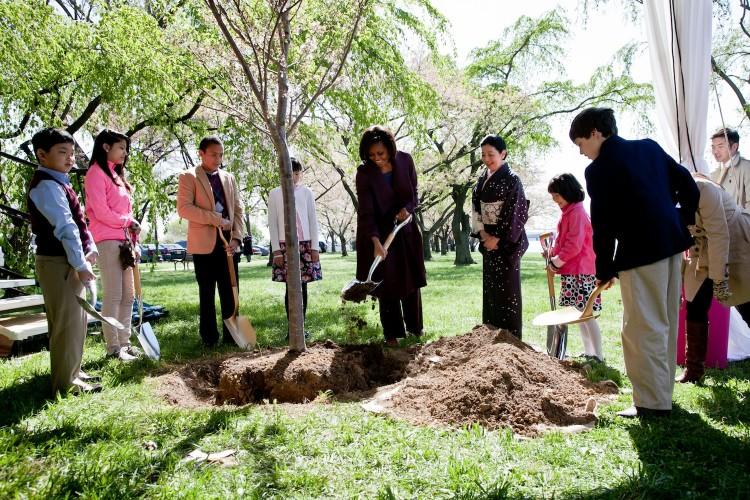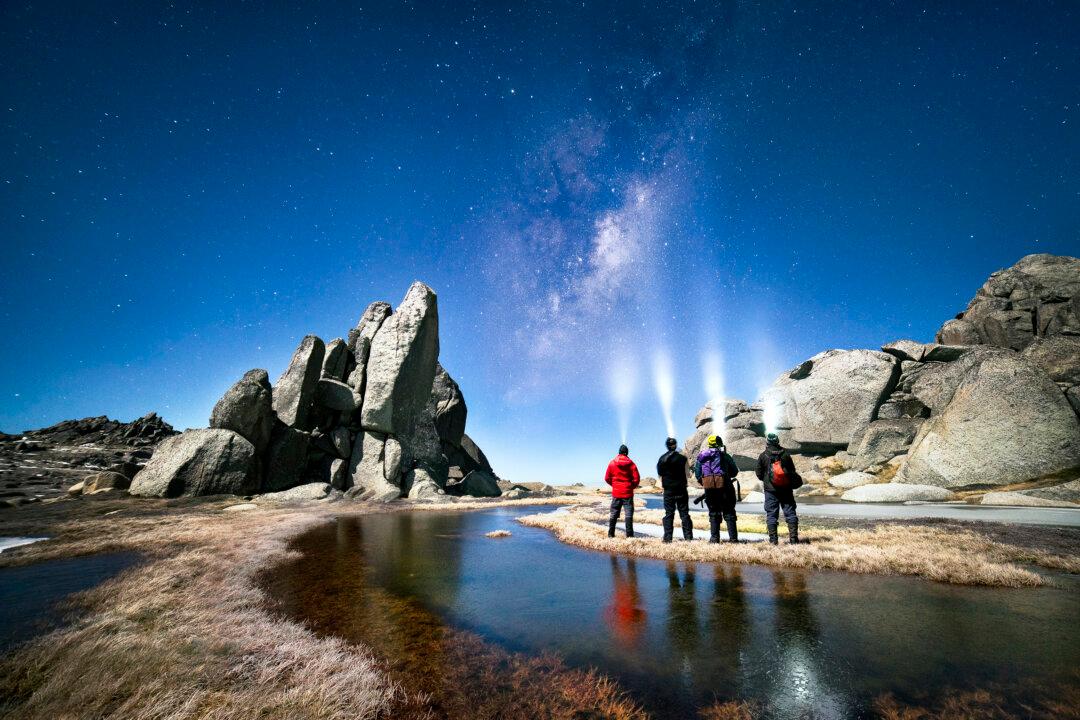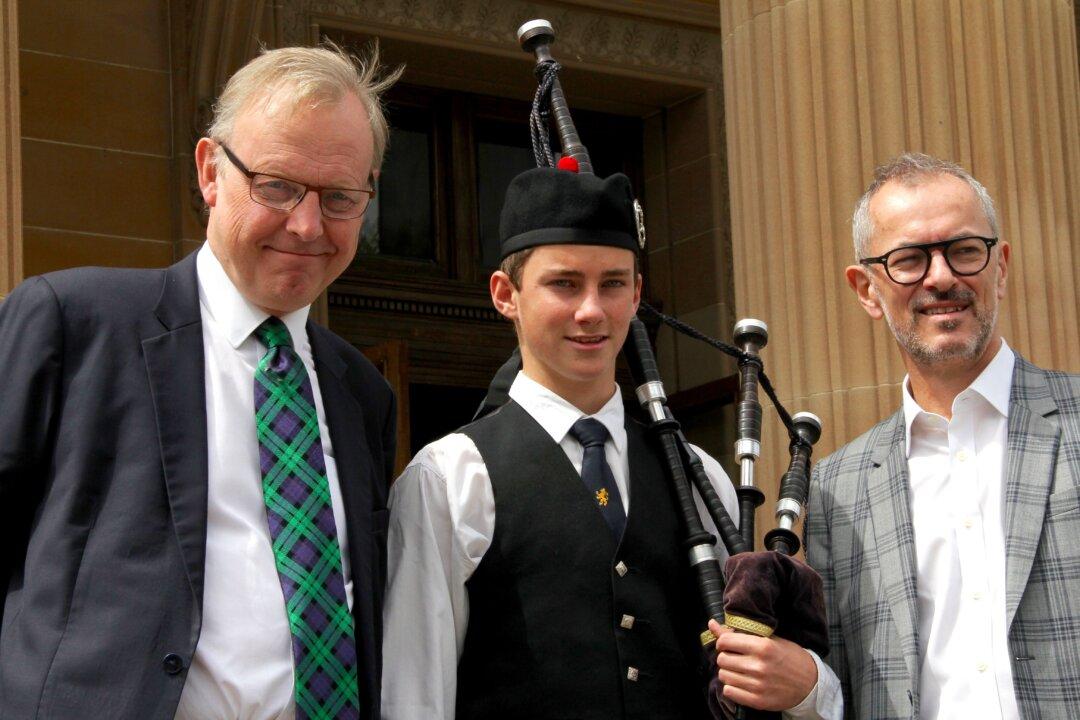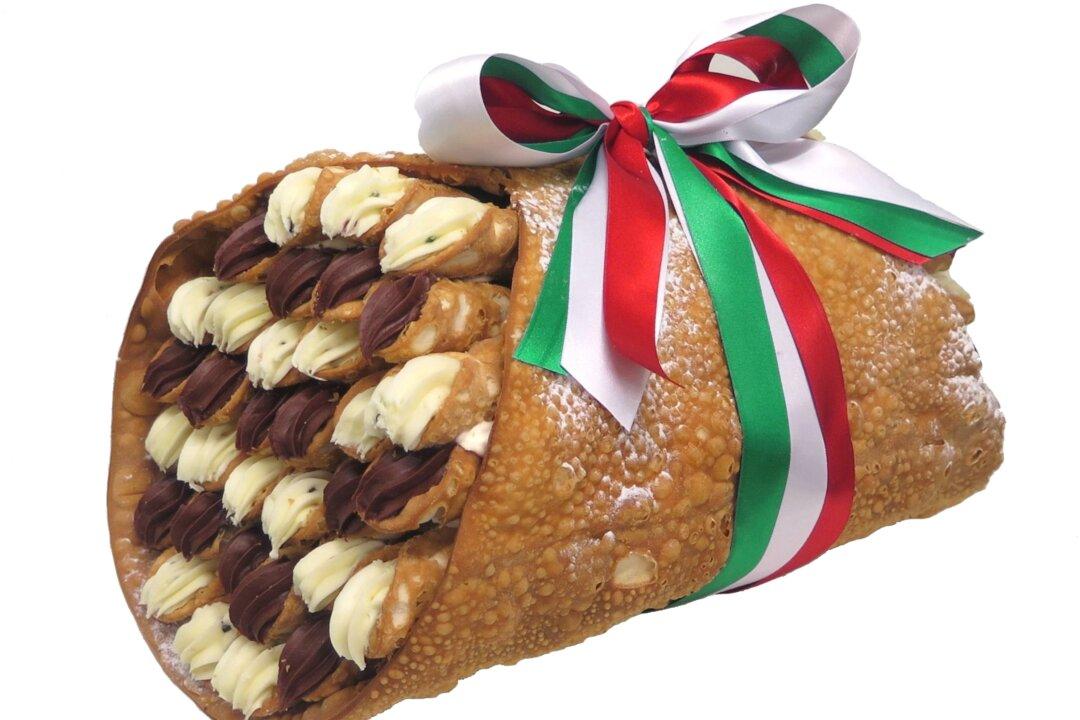WASHINGTON—The cherry blossoms are almost gone, the blossoms turned to brown. Yet, the 100-year-old cherry blossom trees around the Tidal Basin in Washington made it to the beginning of the annual Cherry Blossom Festival—but only just.
This year is the centennial year of the trees, gifted to America from the Japanese in 1912, and the weather almost kept their blossoms out of the ceremony. The recent winter has been the third-warmest on record in Washington, and spring temperatures have soared—reaching 83 degrees on March 23, just when the blossom were peaking.
Temperatures did not stay there long, however, cooling to a high of only 53 degrees on March 27, the day organizers of the Cherry Blossom Festival arranged for a celebratory event—the first lady’s planting of a new cherry tree.
“Thank you so much. It is a true pleasure to be here on this beautiful, little chilly day,” Michelle Obama told a shivering audience under the marquis beside the Potomac River near the Tidal Basin.
“We planned it. This is the only cold day of the week, and we are here,” she said to laughter.
Guests at the event included Fujiko Hara, granddaughter of Tokyo’s Mayor Yukio Ozaki. It was Ozaki who organized the gift of 3,000 cherry trees from Tokyo to Washington, D.C. those 100 years ago.
At that time, Japan had been separated from the greater world for 200 years, but after America’s Commodore Matthew Perry negotiated the Treaty of Kanagawa in 1854, commercial interaction opened up and other countries and treaties followed.
“We never forget that it was an American commodore who awoke Japan from its seclusion and the American people who brought us democracy at last,” Ms. Hara said.
Her grandfather was “a man of principle,” she said, elected 25 times over a span of 63 years. He was mayor of Tokyo for 10 of those years.
“America had a special place in his lifelong commitment to plant democracy in Japan at a time when his country faced a choice between authoritarian and democratic government,” Ms. Hara said.
He would tell his American friends that he hoped the two countries would be “bound by a moral alliance across the Pacific,” she said. Today, “It is as important as ever.”
Ms. Hara thanked the Parks Service for their care in looking after the trees, 100 of which have survived to this day. It’s considered a rarity for the trees to reach such an age.
“My grandfather once said that even if his efforts to plant democracy in Japan remained unfinished when he died, at least he would have done his best to be a good gardener,” Ms. Hara told the audience.






